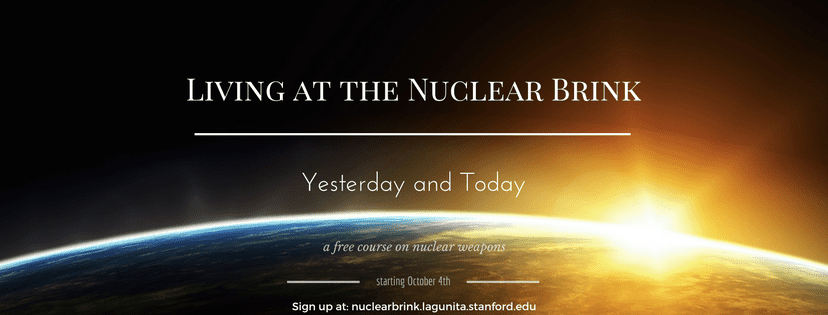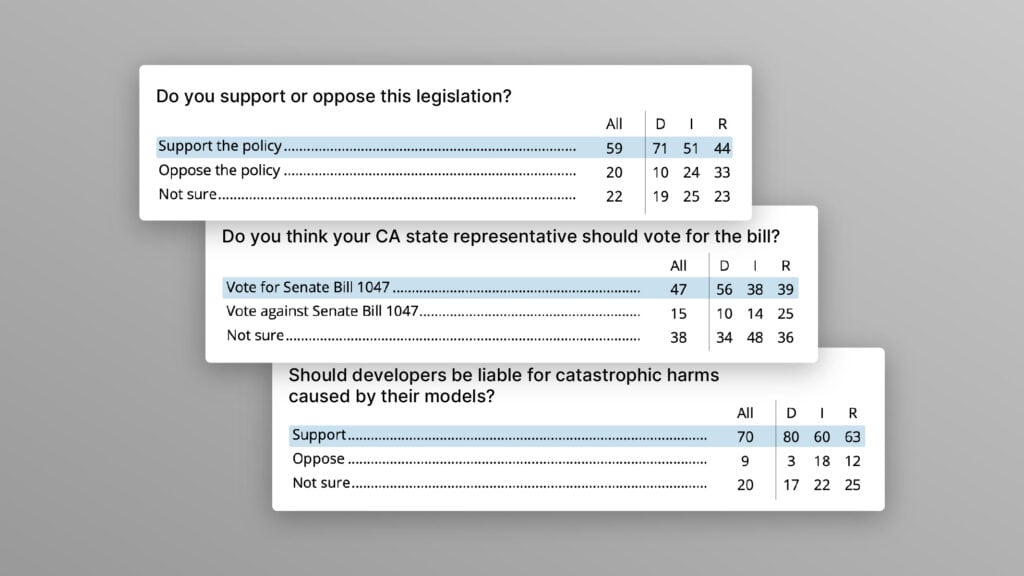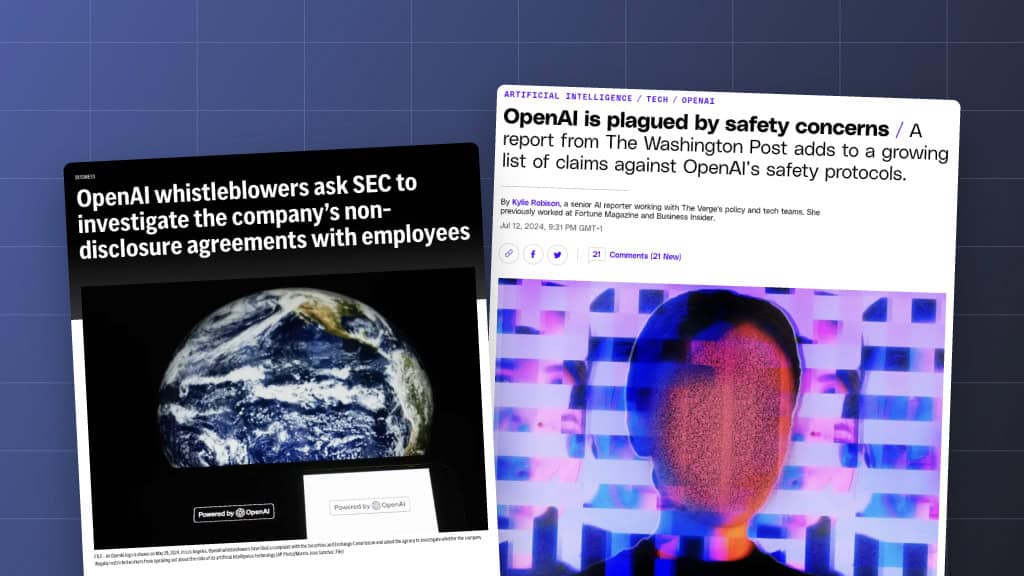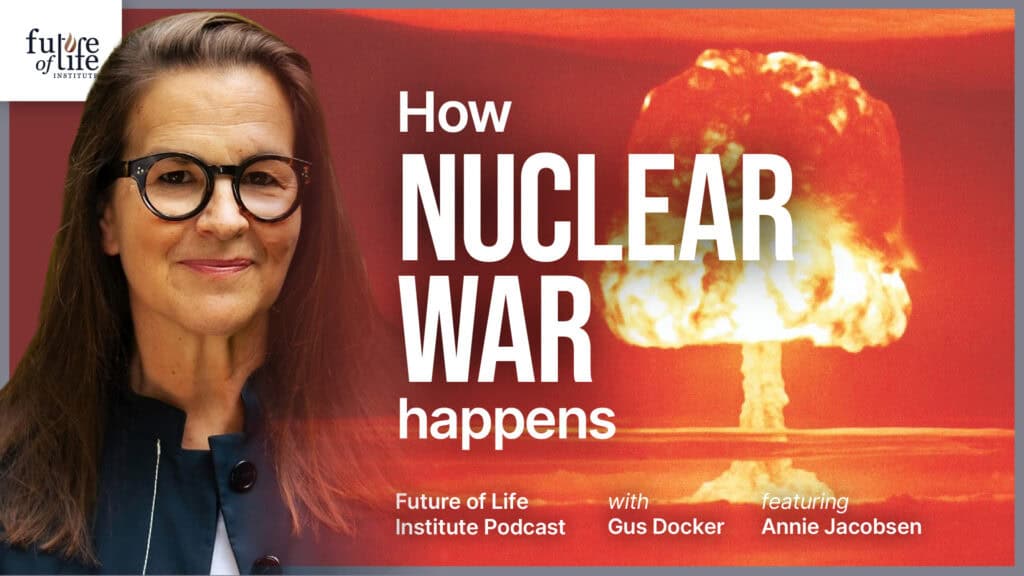Former Defense Secretary William Perry Launches MOOC on Nuclear Risks

Contents
“Today, the danger of some sort of a nuclear catastrophe is greater than it was during the Cold War and most people are blissfully unaware of this danger.” – William J. Perry, 2015
The following description of Dr. Perry’s new MOOC is courtesy of the William J. Perry Project.
Nuclear weapons, far from being historical curiosities, are existential dangers today. But what can you do about this? The first step is to educate yourself on the subject. Now it’s easy to do that in the first free, online course devoted to educating the public about the history and dangers of nuclear weapons. This 10-week course, created by former Secretary of Defense William J. Perry and 10 other highly distinguished educators and public servants is hosted by Stanford University and starts October 4, 2016; sign up now here.
This course has a broad range, from physics to history to politics and diplomacy. You will have the opportunity to obtain a Statement of Accomplishment by passing the appropriate quizzes, but there are no prerequisites other than curiosity and a passion for learning. Our faculty is an unprecedented group of internationally recognized academic experts, scientists, journalists, political activists, former ambassadors, and former cabinet members from the United States and Russia. Throughout the course you will have opportunities to engage with these faculty members, as well as guest experts and your fellow students from around the world, in weekly online discussions and forums.
In Weeks 1 and 2 you will learn about the creation of the first atomic bomb and the nuclear physics behind these weapons, taught by Dr. Joseph Martz, a physicist at the Los Alamos National Laboratories, and Dr. Siegfried Hecker, former Los Alamos director and a Stanford professor. Drs. Perry, Martz and Hecker describe the early years of the Atomic Age starting from the first nuclear explosion in New Mexico and the atomic bombing of Japan, followed by proliferation of these weapons to the Soviet Union and the beginning of the terrifying nuclear arms race underpinning the Cold War. You also will learn about ICBMs, deterrence and the nuclear triad, nuclear testing, nuclear safety (and the lack of it), the extent and dangers of nuclear proliferation, the connections between nuclear power and nuclear weapons, and the continuing fears about “loose nukes” and unsecured fissile material.
In Weeks 3 and 4 of Living at the Nuclear Brink, Dr. Perry outlines the enormous challenges the United States and its allies faced during the early frightening years of what came to be known as the Cold War. Then Dr. David Holloway, an international expert on the development of the Soviet nuclear program, will lead you on a tour of the Cold War, from its beginnings with Soviet nuclear tests and the Berlin Crisis, the Korean War, the Berlin Wall, and the Cuban Missile Crisis in 1962, probably the closest the world has come to nuclear war. Dr. Holloway will then cover the dangerous years of the late 1970s and early 1980s when détente between the Soviet Union and the West broke down; both sides amassed huge arsenals of nuclear weapons with increasingly sophisticated delivery methods including multiple warheads, and trust was strained with the introduction of short-range ballistic missiles in Europe. Finally, Dr. Holloway and Dr. Perry will describe the fascinating story of how this spiraling international tension was quelled, in part by the new thinking of Gorbachev, and how the Cold War ended with surprising speed and with minimal bloodshed.
In Week 5, you will hear from acclaimed national security journalist Philip Taubman about the remarkable efforts of scientists and engineers in the United States to develop technical methods for filling the gap of knowledge about the nuclear capabilities of the Soviet Union, including spy planes like the U-2 and satellite systems like Corona. In Week 6, you will hear from a recognized expert on nuclear policy, Dr. Scott Sagan of Stanford. Dr. Sagan will explore the theories behind nuclear deterrence and stability; you will learn how this theoretical stability is threatened by proclivities for preventive wars, commitment traps and accidents. You will hear hair-raising stories of accidents, miscalculations and bad intelligence during the Cuban Missile Crisis that that brought the world much closer to a nuclear catastrophe than most people realized.
Weeks 7 and 8 are devoted to exploring the nuclear dangers of today. Dr. Martha Crenshaw, an internationally recognized expert on terrorism, will discuss this topic, and examine the terrifying possibility of the nuclear terrorism. You will see a novel graphic-art video from the William J Perry Project depicting Dr. Perry’s nightmare scenario of a nuclear bomb exploded in Washington, D.C. Week 8 is devoted to current problems of nuclear proliferation. Dr. Hecker gives a first-hand account of the nuclear program in the dangerously unpredictable regime of North Korea, and goes over the fluid situation in Iran. The most dangerous region may be South Asia, where bitter enemies Pakistan and India face off with nuclear weapons. The challenges and possibilities in this confrontation are explored in depth by Dr. Sagan, Dr. Crenshaw, Dr. Hecker, and Dr. Perry; Dr. Andrei Kokoshin, former Russian Deputy Minister of Defense in the 1990s, offers a Russian perspective.
In the final two weeks of Living at the Nuclear Brink, we will explore ways to address the urgent problems of nuclear weapons. Dr. Perry describes the struggles by U.S. administrations to contain these dangers, and highlights some of the success stories, notably the Nunn-Lugar program that led to the dismantling of thousands of nuclear weapons in the former Soviet Union and the United States. James Goodby had a decades long career in the U.S. foreign service; he covers the long and often frustrating history of attempts to limit and control nuclear weapons through treaties and international agreements. Former Secretary of State George Shultz describes the momentous Reykjavik Summit between Presidents Reagan and Gorbachev, in which he participated, and gives his take on the prospects for global security. Finally, you will hear an impassioned plea for active engagement on the nuclear issue by Joseph Cirincione, author and President of the Ploughshares Fund.
Please join us in this exciting and novel online course; we welcome your participation!
For more, watch Gov. Jerry Brown discuss the importance of learning about nuclear weapons, and watch former Secretary of Defense William Perry introduce this MOOC.
About the Future of Life Institute
The Future of Life Institute (FLI) is a global think tank with a team of 20+ full-time staff operating across the US and Europe. FLI has been working to steer the development of transformative technologies towards benefitting life and away from extreme large-scale risks since its founding in 2014. Find out more about our mission or explore our work.
Related content
Other posts about Nuclear, Recent News

The U.S. Public Wants Regulation (or Prohibition) of Expert‑Level and Superhuman AI

Poll Shows Broad Popularity of CA SB1047 to Regulate AI


